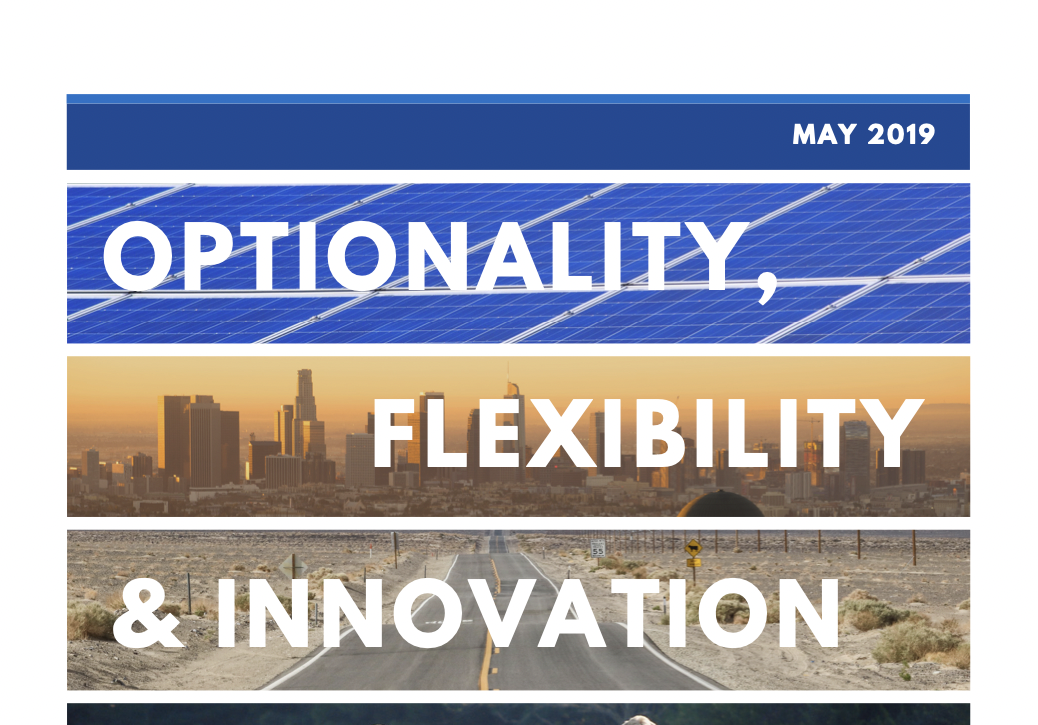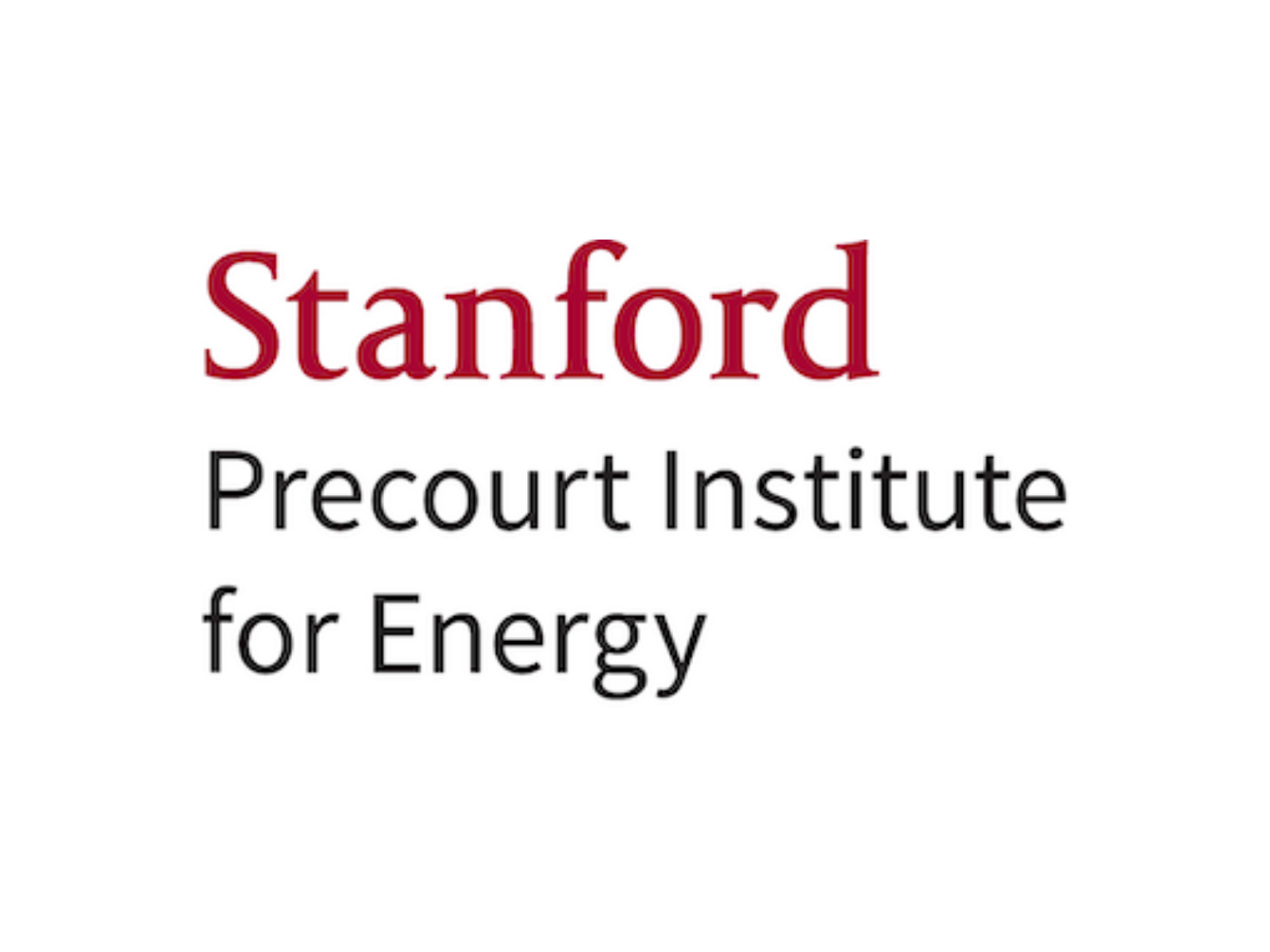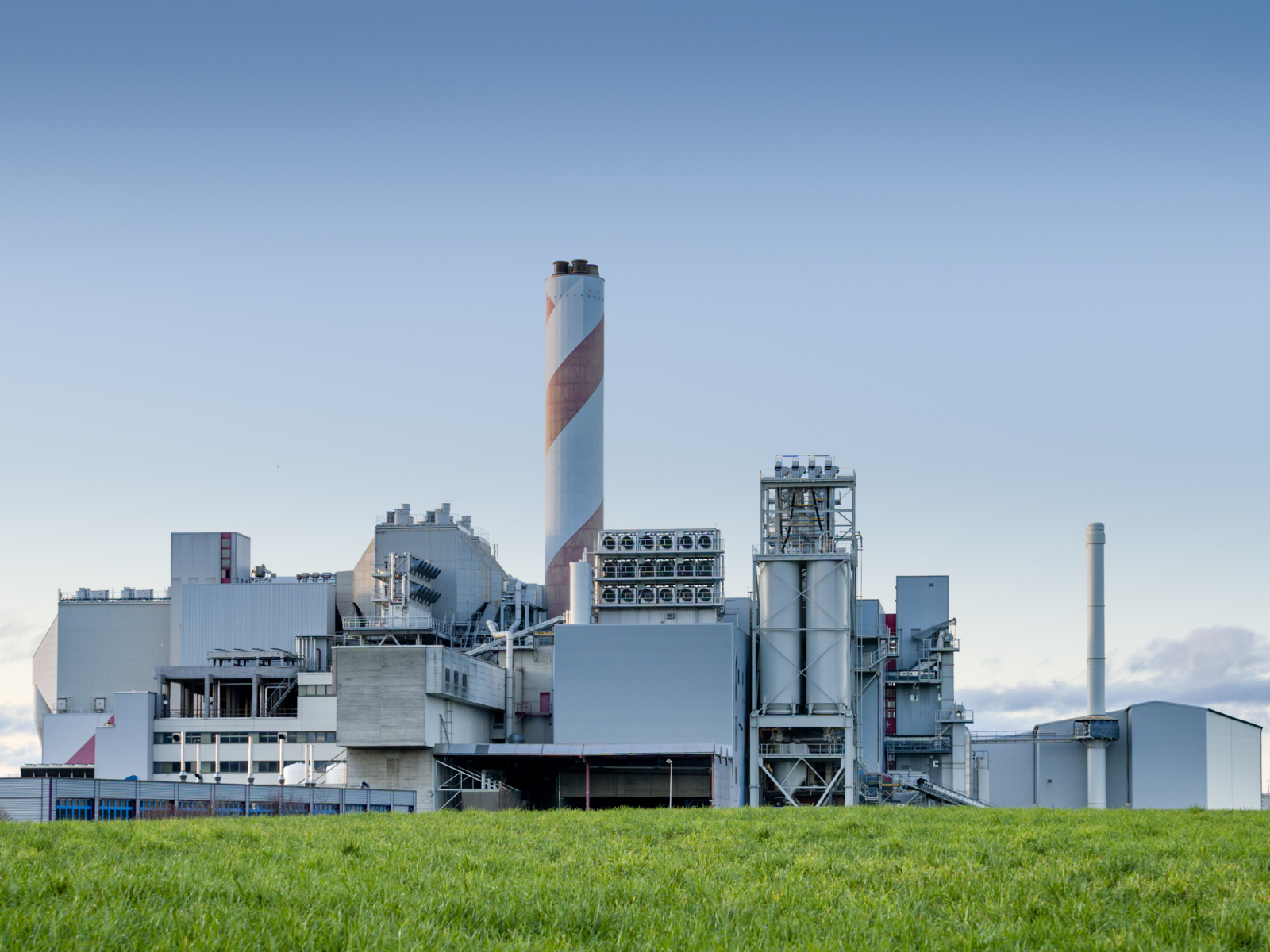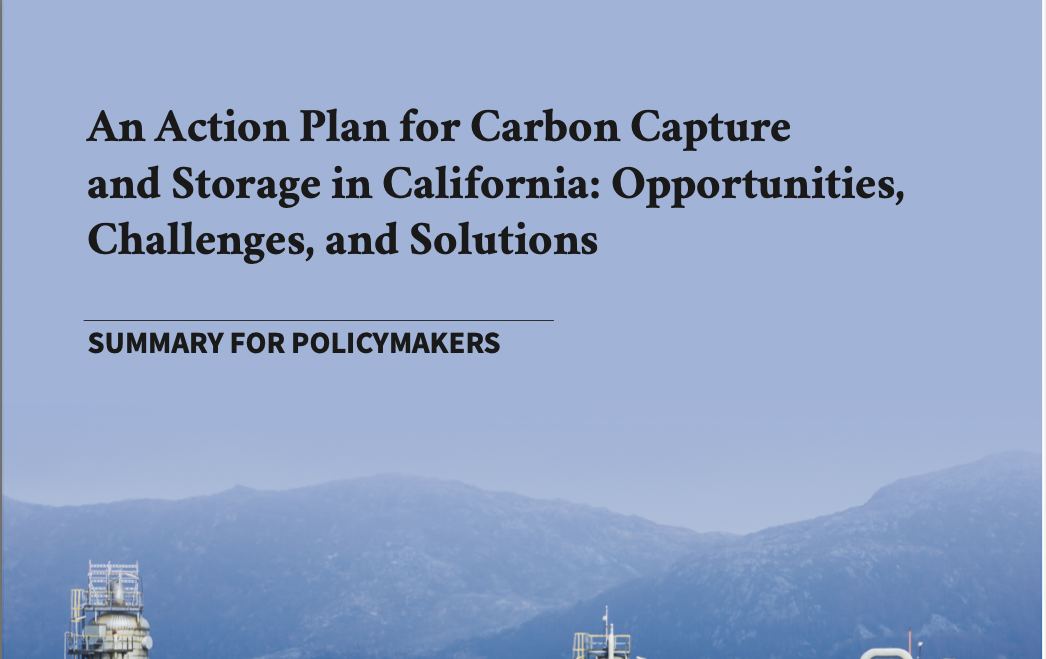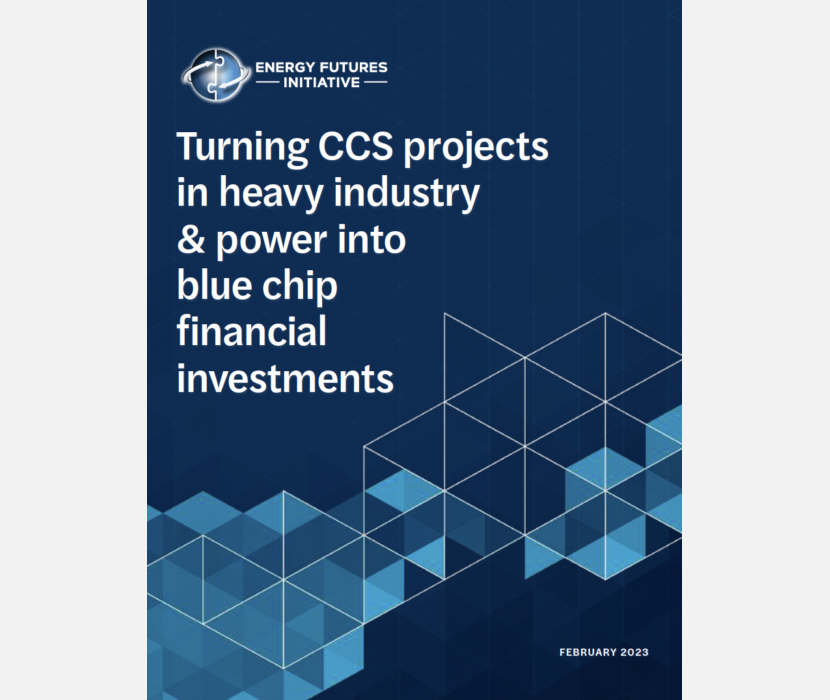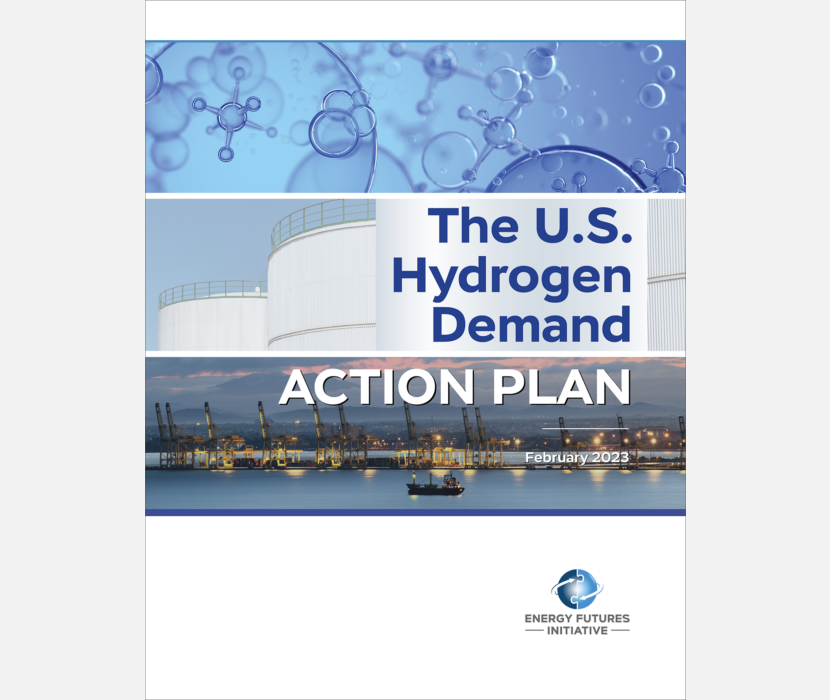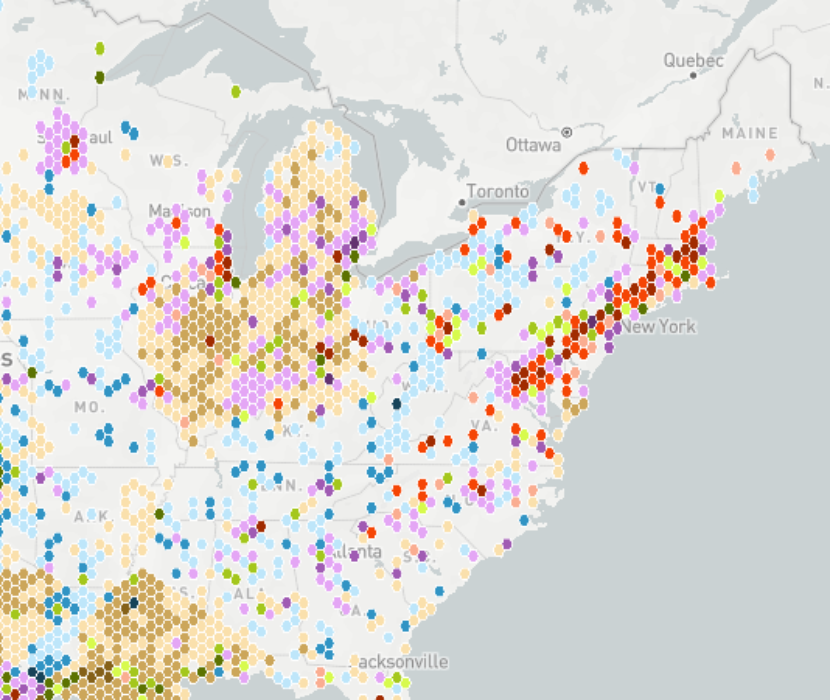Optionality, Flexibility & Innovation: Pathways for Deep Decarbonization in California (May 2019) presents the pathways and technology options that California policymakers must consider as the state plans and executes an unprecedented transformation of its energy system. California has committed to reduce its greenhouse gas emissions to 80% or more below 1990 levels by 2050, with an ambitious interim target of 40% below 1990 levels by 2030.
The report states that California can indeed meet its aggressive 2030 and mid-century targets. However, doing so will require success across multiple sectors of the economy, with many technologies contributing in each of those sectors. Meeting the goals and managing costs will require a strong focus on innovation and maximum optionality.
The Energy Futures Initiative (EFI) analytic team conducted a modeling-informed analysis that included a top-down assessment of California’s deep decarbonization, as well as multiple bottom-up models that approximated how various technologies can contribute to the reduction of emissions.
“California is a world leader in setting its economy on a path to low carbon, with ambitious goals for both 2030 and 2050,” said EFI CEO Ernest Moniz. “As Gov. Gavin Newsom noted in his inaugural State of the State address, policymakers must craft innovative, longer-term solutions for California’s energy future. We hope that our report is a starting point for action.”
EFI explored two related policy streams: a pathway to achieve the state’s 2030 intermediate decarbonization goal, and the follow-on effort to achieve deep decarbonization by mid-century, in line with California’s 2018 SB 100 legislation, which mandates net zero emissions electricity by 2045. The 2030 pathways are identified by sector: agriculture, buildings, electricity, industry, and transportation.
Transportation is the single biggest emitting sector in the state, the report noted, and requires transformational change in light-vehicle EV adoption by 2030. By mid-century, another wave of innovation will be required to reduce emissions from heavy-duty vehicles, aviation, marine and rail. For 2030, adherence to the planned CAFE standards has a larger impact than the shift to battery vehicles or to lower carbon fuels, but all three are essential for meeting the reduced emissions targets.
“More than 950,000 Californians are employed in energy jobs, making the sector a key part of the state’s economy,” said EFI Principal Melanie Kenderdine.
There were eleven breakthrough technologies identified as major potential contributors to California’s decarbonization goals, including hydrogen produced by electrolysis, smart systems, floating offshore wind, seasonal energy storage, and clean cement. The pace of research and development on these technologies must be accelerated and sustained to meet deep decarbonization goals.
EFI previewed the report findings at a workshop at Stanford University’s Center for Carbon Storage on April 10, 2019. Moniz and Kenderdine gave remarks, and Stanford’s Lynn Orr gave opening remarks and moderated a panel session with Sally Benson (Stanford Precourt Institute for Energy), Lisa Briggs (ConEd), and Armond Cohen (Clean Air Task Force), followed by a Q&A session moderated by Mark Zoback (Stanford). EFI released the report summary the previous day and published the full report in May. Stanford published a summary article of the workshop and the report.
Launch Event
Supplemental Material
Related Content
(Share this post with others.)



